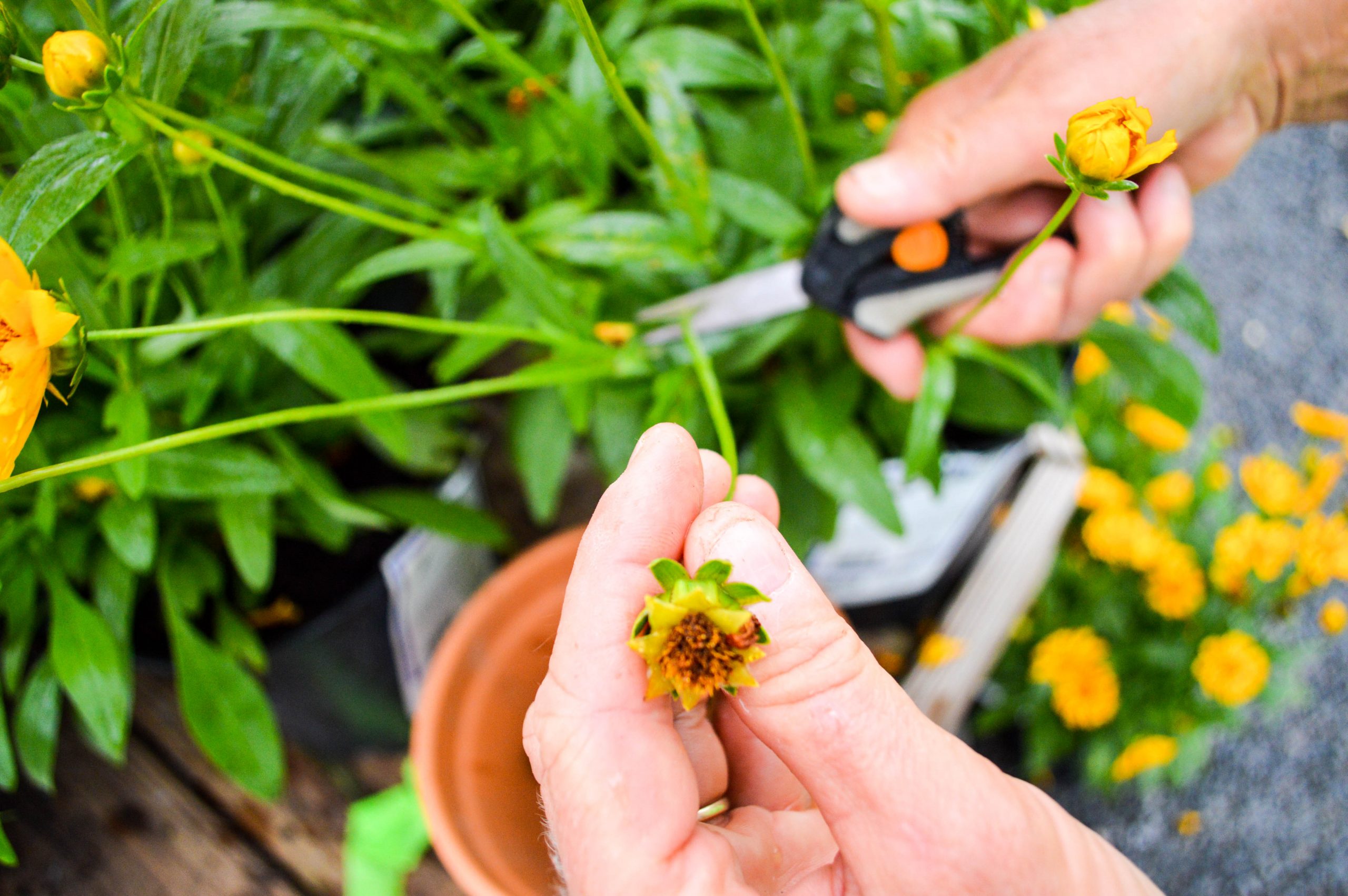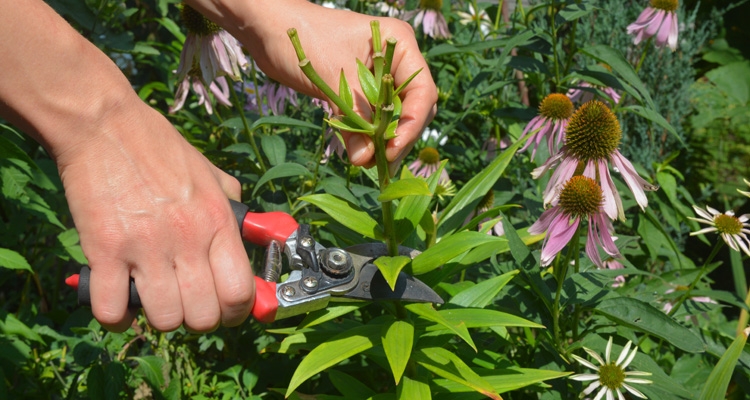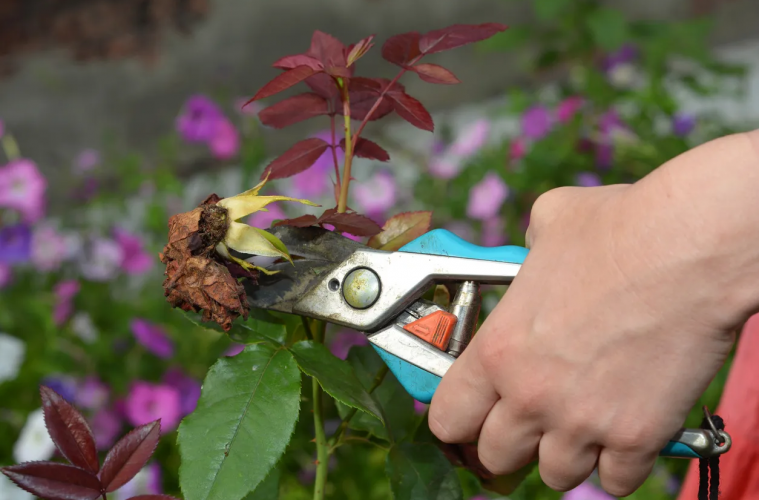Whether you’re just starting out or have years of experience, understanding deadheading can help your garden thrive.
This technique can make a big difference in how your plants grow and look. Alongside deadheading, there are other methods like pruning and pinching that also help maintain your plants. Let’s break down what deadheading is and how it differs from pruning and pinching, so you can keep your garden in top shape.
What is deadheading?
Deadheading is the process of removing dead or faded flowers from your plants. According to an article in Martha Stewart Living, Peggy Anne Montgomery from FlowerBulbs.com, “Deadheading spent flowers stops plants from trying to produce seed, so the plant’s energy can be redirected to producing more flowers and healthy leaf and root growth.” In simple terms, by removing the old flowers, you help the plant focus its energy on growing new blooms and staying healthy.
Benefits of deadheading
Deadheading not only makes your garden look tidier by removing discoloured flowers but also encourages plants to produce more flowers. Experts in Martha Stewart, explain that cutting off the spent blooms prompts the plant to focus on producing beautiful flowers throughout the season.
How to deadhead
To deadhead, find the faded flower and follow its stem down to the first set of healthy leaves. Experts advise cutting just above these leaves. You can do this for all the expired flowers at once or as each flower fades.

Pexels
READ MORE: THE BEST FLOWERS TO GROW FOR YOUR CUTTING GARDEN
Best flowers for deadheading
Many flowering plants respond well to deadheading, including:
- Cosmos
- Marigolds
- Petunias
- Roses
- Salvia
- Snapdragons
- Sweet peas
- Bee balms
- Zinnias
Flowers you shouldn’t deadhead
Not all flowers need deadheading. Avoid deadheading biennials or plants that self-seed, like:
- Foxglove
- Hollyhock
- Sweet William
- Columbine
- Poppies
- Peonies
- Lobelia
- Forget-me-nots
Biennials, for example, need to go to seed to complete their life cycle.

Pexels
What is pruning?
Pruning involves cutting back branches and foliage, especially in larger plants like shrubs. Kip McConnell of Southern Living Plant Collection says pruning helps shape the plant, remove damaged parts, and encourage new growth. When and how you prune depends on the plant variety.
What is pinching?
Pinching is a form of pruning, typically done on young plants. It involves removing the top part of the plant to encourage it to grow fuller and produce more side branches. Montgomery explains that this is beneficial for plants like zinnias, dahlias, and cosmos. Pinching is done by removing the main stem just above the first set of leaves.
ALSO SEE: Blooming success: A step-by-step guide to deadheading techniques
Blooming success: a step-by-step guide to deadheading techniques
Feature image: Pexels

